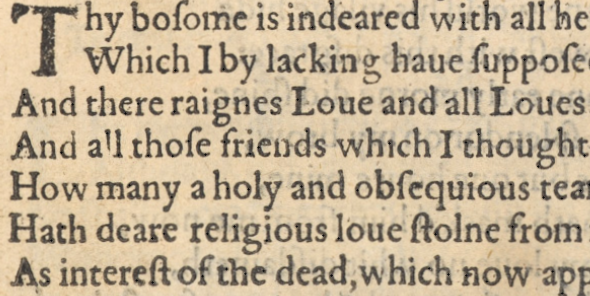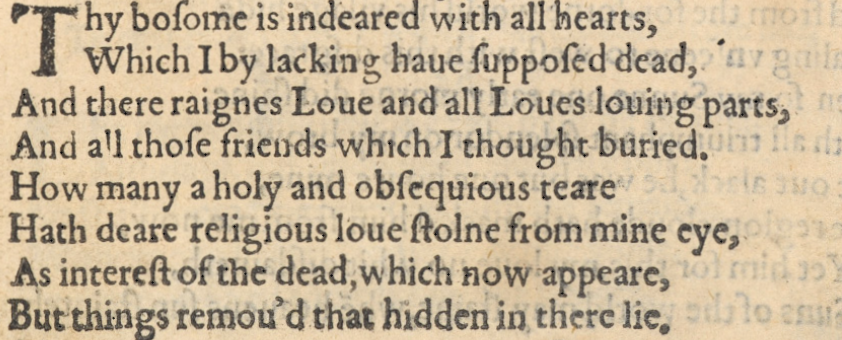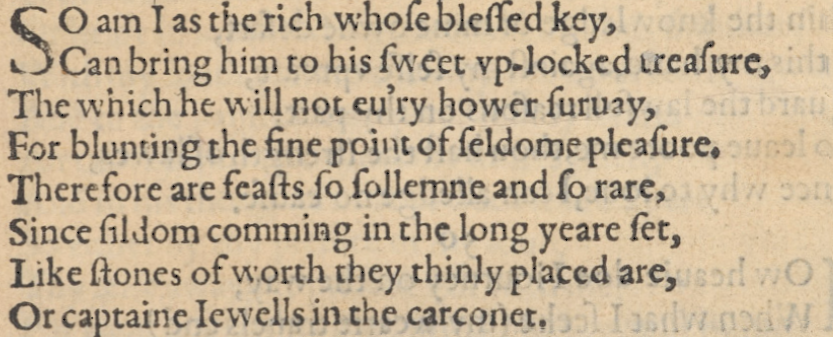Vor vier Monaten hat Matthew Brown die Challenge von Norbert Biermann gelöst und ist damit der aktuelle Träger des Friedman-Rings. Heute stelle ich Matthews neue Challenge vor. Wer sie löst, wird sein Nachfolger.
English version (translated with DeepL)
Wer das aktuelle Krypto-Rätsel als erstes löst, erstellt das nächste. Nach diesem einfachen Prinzip funktioniert der Friedman-Ring. Dabei handelt es sich um ein Spiel, das nach den Kryptologen William und Elizebeth Friedman benannt ist. Vorbild ist der Iffland-Ring, der bereits seit Jahrhunderten an Schauspieler vergeben wird.
Vor drei Monaten ging die sechste Runde des Friedman-Ring-Spiels zu Ende. Das bisher letzte Rätsel kam von Norbert Biermann. Matthew Brown hat es als erster gelöst und wurde damit der neue Träger des Friedman-Rings. Kurz nach ihm hat auch Jarl Van Eycke die richtige Lösung veröffentlicht. Außerdem haben Joachim, Rossignol, Doc Cool, Thomas Bosbach, Geoffrey Caveney, Jan, Nils Kopal, Chris, Gerd, David Vierra und Armin Krauß Hinweise gegeben.
Damit ergibt sich folgende Liste von Trägern des Rings:
- Frank Schwellinger
- Anna Salpingidis und Christoph Tenzer
- Armin Krauß
- Christoph Tenzer
- George Lasry
- Norbert Biermann
- Matthew Brown
Der jeweilige Empfänger des Friedman-Rings verpflichtet sich, ein Krypto-Rätsel zu entwickeln und mir zur Verfügung zu stellen. Wer dieses Rätsel als erstes löst, ist der neue Träger. Es gibt eine Webseite zum bisherigen Verlauf.
Matthew Browns Challenge
Kommen wir nun zur neuen Friedman-Ring-Challenge, die Matthew mir zugeschickt hat. Sie besteht aus zwei Teilen. Hier ist der erste:
Und hier ist der zweite Teil:
Weitere Informationen hat Matthew bisher nicht zur Verfügung gestellt. Wie man sieht, ist erst einmal keine Verschlüsselung zu erkennen. Es handelt sich also um einen steganografischen Code. Ich bin gespannt, was dahinter steckt. Danke an Matthew für diese Challenge.
Wie schon öfters erwähnt, gehört es zu den Eigenheiten dieses Spiels, dass jeder Leserhinweis, der als Kommentar veröffentlicht wird, einem anderen Codeknacker zum Gewinn verhelfen kann. Ich bitte meine Leser daher, nicht ganz so egoistisch zu sein. Wenn im Forum über Lösungswege diskutiert wird, macht das die Sache für alle spannender. Natürlich werde ich jeden Kommentar, der zur Lösung beigetragen hat, entsprechend würdigen.
Das Rennen ist eröffnet!
Follow @KlausSchmeh
Further reading: Christoph’s Chaotic Caesar Challenge
Linkedin: https://www.linkedin.com/groups/13501820
Facebook: https://www.facebook.com/groups/763282653806483/





Kommentare (206)